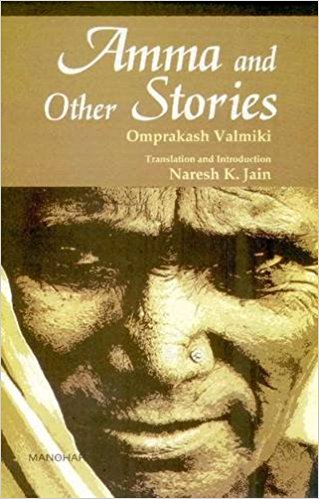The knowledge of the universe in the social sciences can be divided into two exclusive spheres—normative and creative. Both provide an understanding of the history, economy, culture and politics of existing societies. The two have to be seen as complementing rather than conflicting domains. Creative art forms like novels, poetry and short stories and other representational forms such as fiction, autobiography and testimony may not substitute for normative theory, but they certainly provide insights, which could be a narrative history that portrays the objective conditions of the people and society. Hence, the assertions of the subordinated people and women in recent times to contribute to the creative domain are unprecedented, yet they could not gain adequate significance in mainstream social science academics.
Thus, literature is that genre in the creative domain which acquires convergence with the normative domain and it should granted its due place in terms of understanding the existing social realities and objective conditions of real life-worlds.
There is a quest among subordinated peoples to revitalize their culture and arts and employ these as an effective tool in their struggle for redistribution of resources and goods, as well as recognition. Manifestation of this dynamic process assumes greater significance in view of the emerging vast literature on gender and identity politics. Cultural identity with dignity is integral to human existence for the social world and gets represented and understood in the form of a multi-dimensional space where social agents and groups are defined or identified by their relative positions in this space. The perception of the social space one occupies in this social world is revealed through social praxis, central to culture, since social life is practical and represents objective realities. The anthology under review is about this multi-dimensional space where social life is determined by the traditional order.

